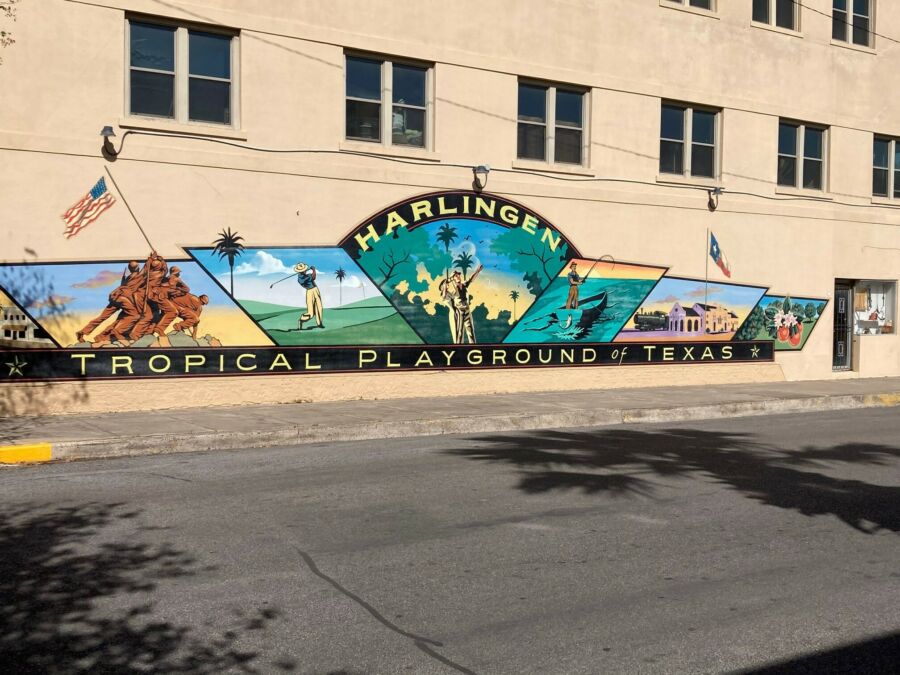HARLINGEN—When Andrea Barrera had her baby, both she and her husband were very young—and very scared. She had her first appointment with the pediatrician, but it felt far too rushed. 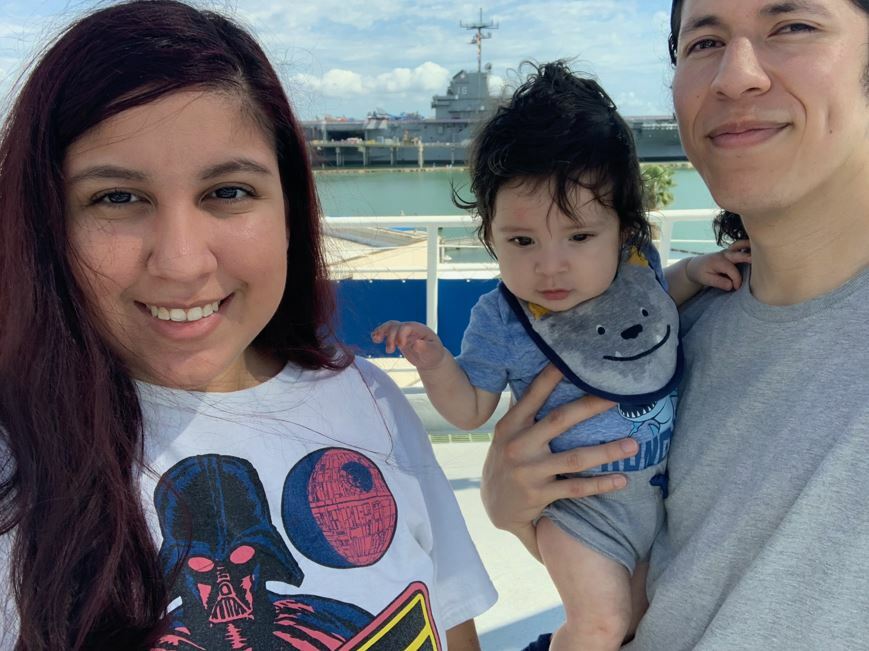
“I was confused, about everything, and I needed guidance,” she said. “I had questions. I didn’t get answers.”
The pediatrician was covered by Medicaid, but Andrea quickly learned that coverage isn’t the same thing as care. Her baby was struggling with health issues. She didn’t know what to do. She was losing hope.
“My son had eczema, he had a clogged tear duct,” Andrea explained. “He wasn’t thriving.”
But Andrea had learned of a practice in town that offered Direct Primary Care—a new model for health care that reestablishes the relationship between the doctor and the patient. With only her husband working, the subscription fee at Frontier Direct Care of $80 month was a stretch, but Andrea and her husband decided it was important enough to fit it into the family’s tight budget.
“It was something we had to work out, financially, but we wanted to prioritize our son’s health,” she said. “We wanted to be sure that whoever we took him to would listen. We’re the parents, right? If we feel something is wrong, we want to know they’ll hear us.” 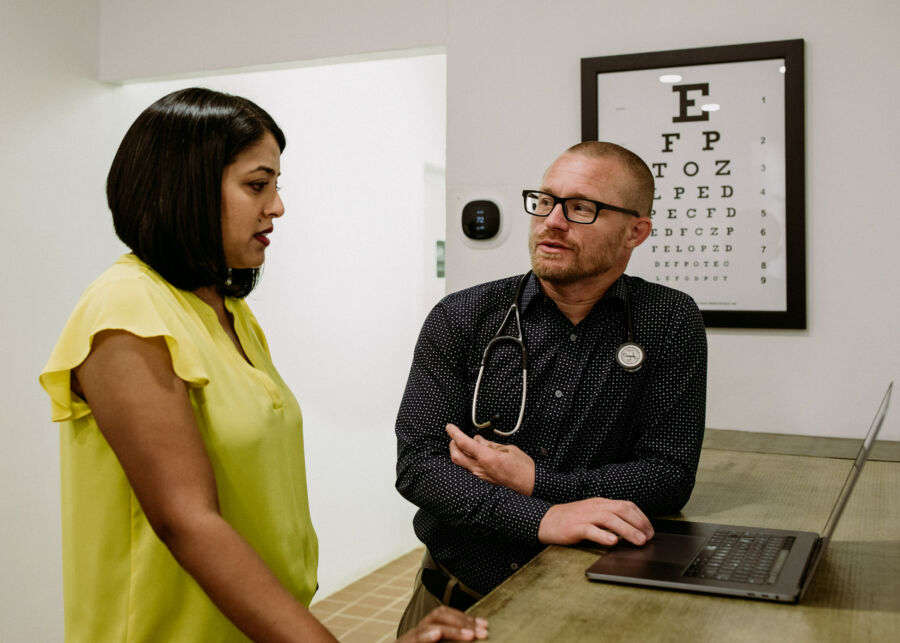
That’s how they met Dr. Peter Lazzopina, the founder of Frontier Direct Care. And they couldn’t be happier that they did.
“Dr. Lazz has been wonderful,” Andrea said. “He blocks off 30 minutes for every appointment. He listens. My son is doing so great. In addition to other health issues, Dr. Lazz caught some food allergies that I don’t think other doctors would catch, not in the amount of time they have. Now, my son is 3; he’s healthy and happy. My friends’ kids are scared to go to the doctor. Mine isn’t.”
Andrea’s story is less and less uncommon here in the Rio Grande Valley. It’s one of the poorest regions in the state. It’s underserved medically, and the poorly performing Medicaid system is simply unable to address the medical needs of the mostly Hispanic community.
“It’s easy to get Medicaid, for sure,” Dr. Lazzopina says. “But just because you have a card doesn’t mean you’re going to get an appointment, at least any time soon. Physicians must limit the number of Medicaid patients they accept. Many doctors who don’t need it will stop accepting new Medicaid patients. Or, you have to run a clinic like a mill, and see way more patients than you should be seeing in a day. That’s happening with a lot of the pediatric practices here.”
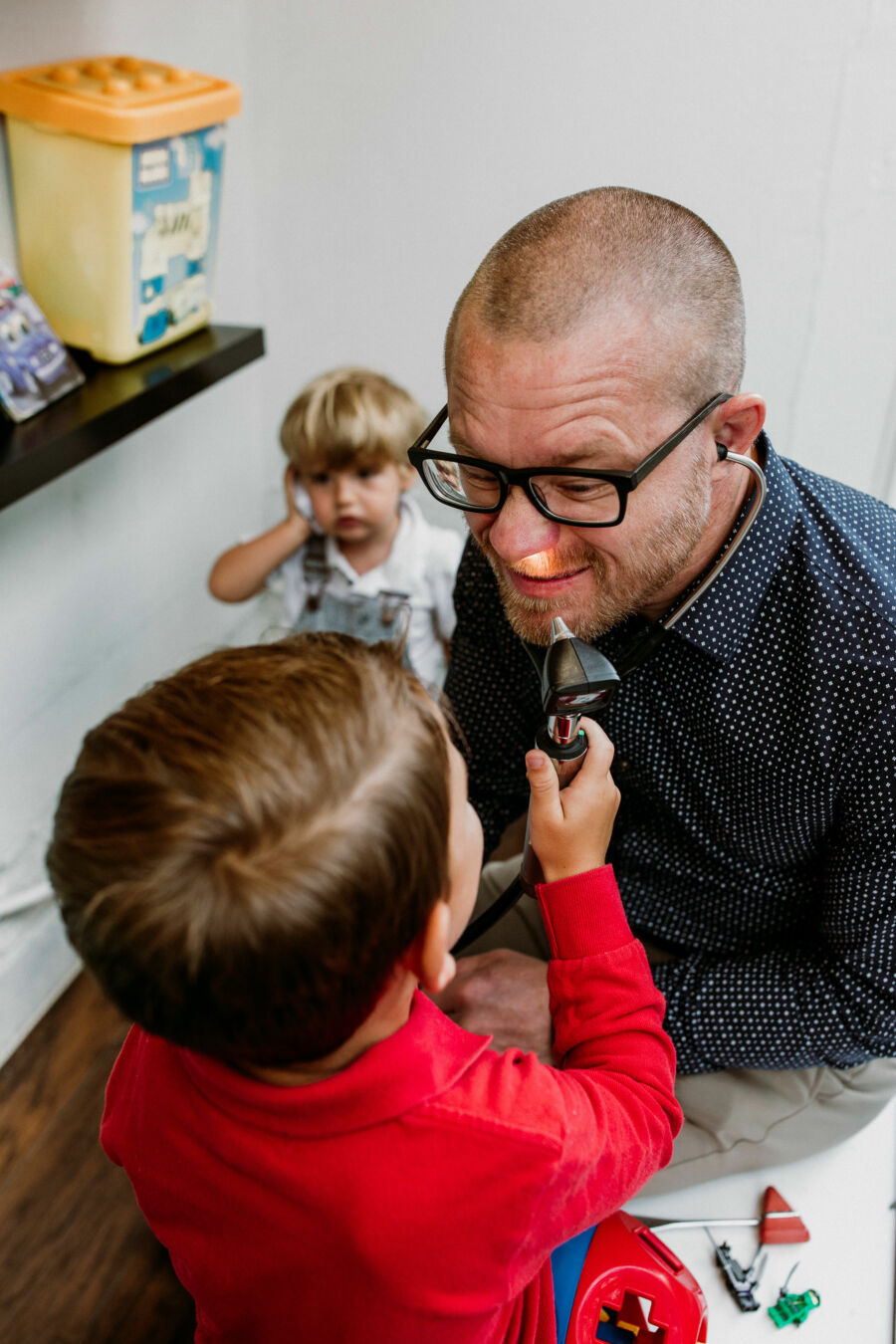 That’s the reality of Medicaid—rationing.
That’s the reality of Medicaid—rationing.
The Rio Grande Valley is already struggling to provide health services to its residents. Texas leads the nation in rural hospital closings; since 2005, 24 hospitals (16 of them rural and isolated communities) have shut their doors. That represents 880 hospital beds.
The Texas Legislature has tried to address the growing gap by increasing Medicaid reimbursement rates. In 2019, the Texas Department of Health and Human Services increased inpatient rates for rural hospitals through targeted appropriations.
“An add-on for labor and delivery services was created to support rural hospitals in continuing to provide these services,” an interim report says. “Additionally, base rates were inflated from 2014 to 2020.”
But the reality is that Medicaid reimbursement rates remain below what it costs to provide the services in many cases. As the Pacific Research Institute’s Sally Pipes notes, “The only way for a health care provider to stay in business when forced to take all comers at below-market rates is to lower the quality of care and ration it.”
What’s more, the Rio Grande Valley is suffering from a growing shortage of physicians—a shortage also exacerbated by Medicaid. According to the Department of State Health Services, the shortage of family medicine practitioners will grow from 234 doctors (represented as “full time employees,” or FTEs) to 355 by 2032. For pediatricians, the deficit will rise from 242 to 319—an increase of more than 31%.
What’s at the bottom of this shortage? Medicaid. It’s failing the Rio Grande Valley—and Texas residents.
GOLDEN HANDCUFFS
Dr. Lazzopina came to the RGV as a resident in 2008. He stayed on to teach residency for another seven years.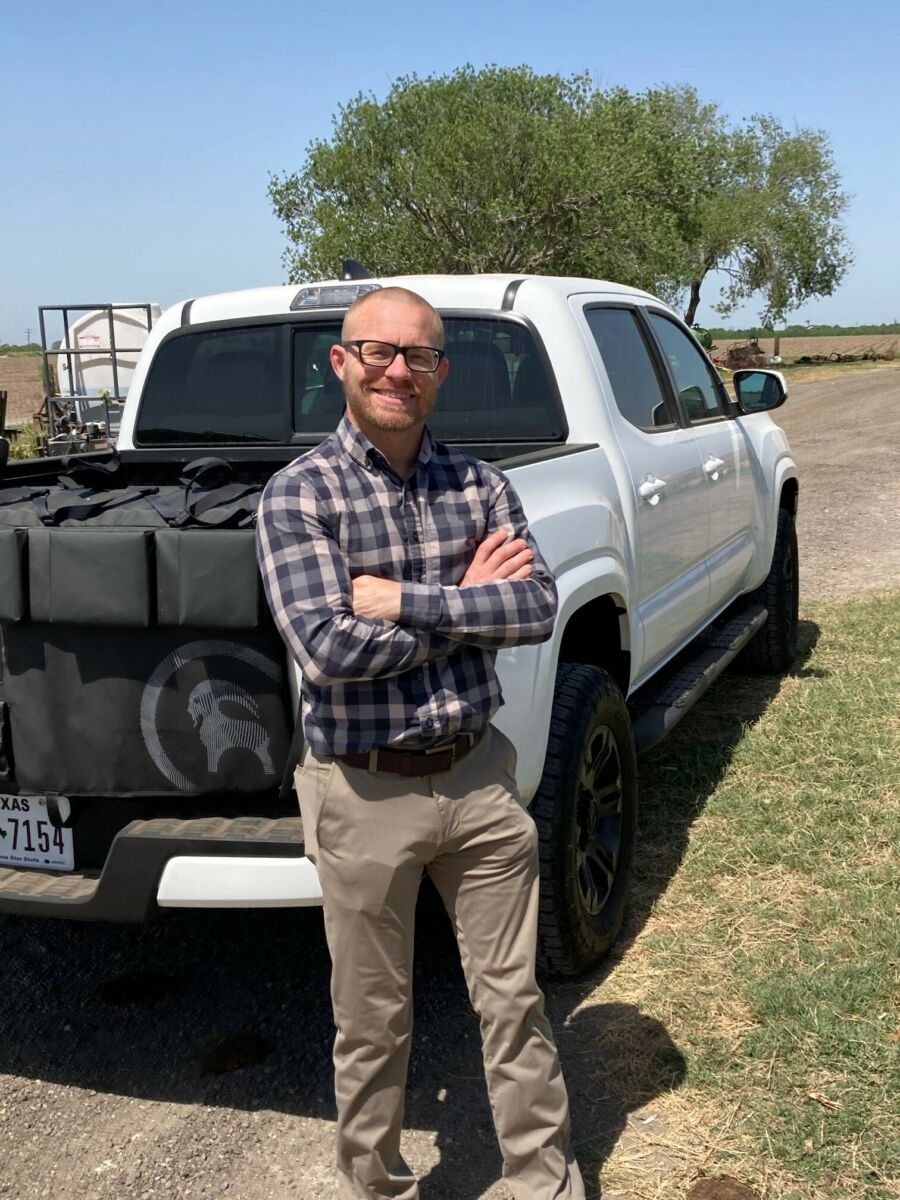
“I began to wonder why health care cost so much,” he said on a bright spring morning in his well-lit Harlingen office. “I tried to understand health care financing, and I stumbled over the Direct Primary Care model. I started telling my residents about it—about how it’s what we all signed up for, in the first place. I could see the trajectory of family medicine. We would all become little more than managers of mid-level providers. And that’s not what’s best for our patients.”
He didn’t make any converts.
“When you graduate medical school you have those golden handcuffs of debt,” he said. “I didn’t think anyone would take the risk and start a DPC practice. I guessed I’d have to.”
So in 2018, Dr. Lazz—as his patients know him—opened the first Frontier Direct Care clinic.
“We started in a tiny building on Van Buran with me, a stethoscope and a folding table,” he said. “Oh, and I had an EKG machine. I had about 20 members when I started, a few who came with me and a few others. I told everyone I could about Direct Primary Care, and I visited all the businesses up and down the street. Pretty soon, I got to 150 members, and the word-of-mouth took off. Now we’re at 800 members here, compared to the typical primary care practice, with 2,000 or 3,000 patients per physician.”
Frontier Primary Care now has four locations. Many of his patients bring their children—who are covered by Medicaid—because like Andrea Barrera, they aren’t satisfied with the quality of care they received through the system.
But Dr. Lazz says it doesn’t have to be an either/or situation. What if Medicaid recipients could use their government benefits to pay for their DPC membership?
“I’d like to see a pilot program,” Dr. Lazz said, just as he testified before the Texas Legislature last session. “We could take a subset of Medicaid members, and they could use a debit card to pay for the monthly DPC membership. We could give it a couple of years, then compare outcomes between Direct Primary Care and standard Medicaid management.”
For the vast majority of a patient’s needs, DPC is the ideal model—quick and easy access to a physician, with personalized follow-up and a real relationship between the doctor and the patient. It would also help address the unique needs of RGV residents.
“Metabolic disease is a devastating problem here,” said Dr. Lazz. “We see diabetes, prediabetes. There’s a ton of amputations, premature heart attacks and strokes. The need is to intervene early before the damage is done. And that’s what gets left on the wayside with Medicaid. There’s no time to talk about lifestyle changes. Then when they get to Medicare, they’ve already been hypertensive for years. It’s too late.”
A SEEDBED FOR SUCCESS
Out at Simmons Farms in San Benito, the family-owned farm felt it was time to start offering their workers health benefits. Natalie Leal—daughter of farm owner Leonard Simmons—was a little surprised at the response they received.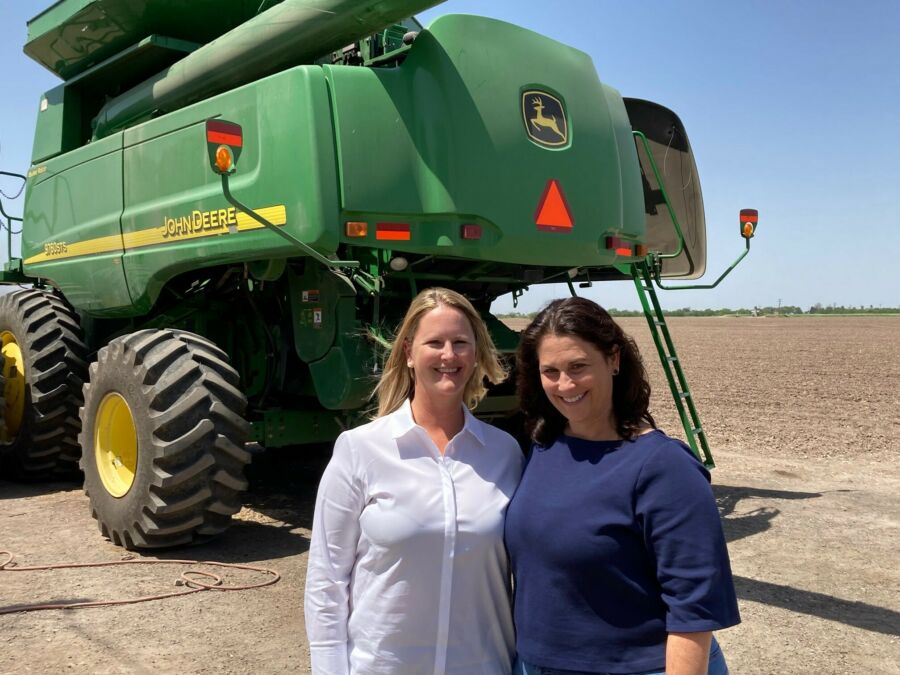
“They weren’t interested,” she explained.
These aren’t just employees, she added. These workers are like family. Some have been with the Simmons companies for more than 40 years. None have been with the farms less than 15.
“We picked out a traditional health care plan, and the representative came out for enrollment,” Natalie said. “But the feedback we got from our people was terrible. Many of them felt completely overwhelmed. We were talking about plans and deductibles and copays.”
She said many don’t trust the U.S. health care system to begin with.
“They’re afraid to go to the doctor here because you don’t know what it will cost until you’re done with the procedure,” she said. “And even then, you might get a bill later. So most of our people, you know, if they needed a doctor, they’d just go over to Mexico and see one there. They could pay up front.”
Some were on insurance plans through the Affordable Care Act, and many had children on Medicaid (though again, they remained dissatisfied with the care their children received). They worried that if Simmons Farms began offering health care benefits, their other coverage would be in jeopardy.
“The group reaction was just a total lack of interest,” Natalie said. “No one wanted it.”
But Natalie and her two sisters (who run the business side of the farms) had met Dr. Lazz and had heard a little about Direct Primary Care.
“So we started over,” Natalie said. “And we found this option—DPC. This was a way that we could provide care to our workers, which would be totally paid for—no copay, no deductibles, no premiums—and it could cover the vast majority of their health care needs. Not just for them, but for their families (something we weren’t able to offer yet with the traditional health insurance we looked at).”
When Simmons Farms employees learned about the model, they grew excited.
“They could get access to a doctor and really get a response,” Natalie said. “That’s just not something you get with Medicaid.”
David Castillo began working for Simmons Farms at the age of 12. He came to these fields with his father, who worked for Leonard Simmons. 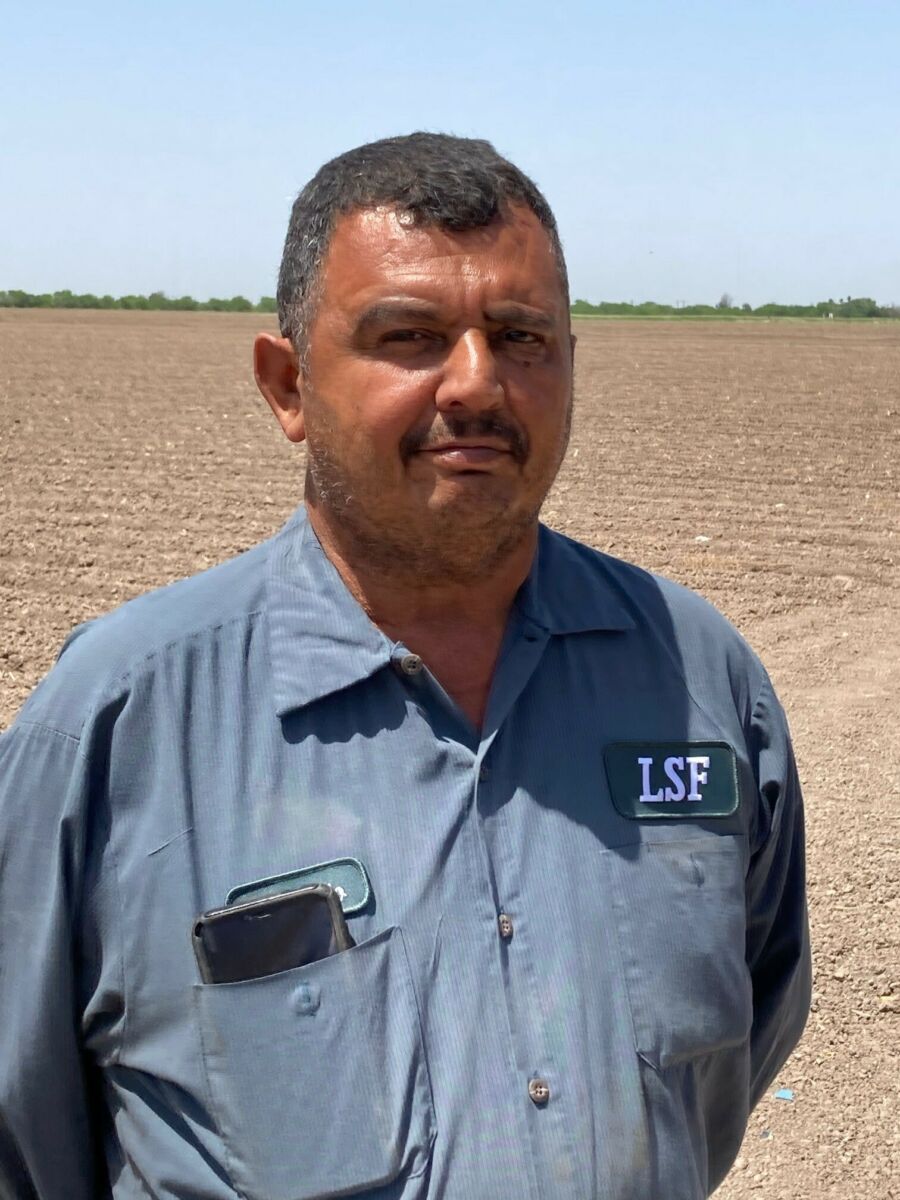
“I don’t know how much work I really did,” he said. “That was probably Leonard just making sure we were doing OK, making sure I had a little money in my pocket.”
In 1988, he came to work full-time. He’s now the farm foreman.
For years, he and his family relied on Medicaid for the children, and Mexican providers just across the bridge for their other medical needs.
“Mostly I would tough it out with a little Tylenol,” he said. “I’m a pretty tough cookie. Well, I thought I was.”
Dr. Lazz and Direct Primary Care changed that; instead of toughing everything out, he felt more and more comfortable with U.S. doctors. Then he suffered a small stroke; it turns out, he had been prediabetic for years.
“Dr. Lazz caught that,” he said. “Now, I’m working on my A1C. I’m getting it down.”
And when his children caught COVID-19, he took them to see Dr. Lazz, instead of utilizing their Medicaid coverage—which now really just functions as catastrophic coverage for the family. Direct Primary Care has been a life-changer, he says.
And it allows him to keep working at the farm—a job he loves.
“I tell my kids, start thinking now about what you want to do with your life,” he said. “Pick a career you like. Because you’ll be doing it a long time. The reason I’ve stayed here so long is because I love my job. When you like what you do, you have happiness.”
Dr. Lazz agrees. This is what the practice of medicine—as he envisioned it—should have been all along.
“I’m building a life in this community,” he said. “This is why I got into medicine.”
